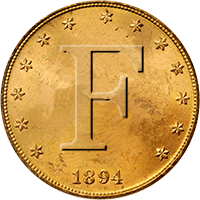This is one that I (and I'm sure others) have been curious about so bear with me a bit while I ask it.-----The coils (11" DD, 5" DD & 10" concentric) for the F-75/70 and the Omega are the same physical size (coil mold).--The coil cable connector (to the control box) is the same (will "hook up" to either detector).---We all know that the F-75/70 operates at 13 khz & the Omega at 7.8 khz.------HOWEVER, the coils on the 75/70 CANNOT be inter-changed with the Omega (at least for optimum performance).-----WHY IS THIS??----Is it because of the diameter of the inner coil windings--the positioning of the inner coil windings--the size (diameter) of the wires in the coil cable itself (to the control box) or a COMBINATION of these things? (to make these coils compatible or non-compatible with these detectors)------Haveing said all this--the bottom line & to simplify the question.----What makes these same (physical) same (connector) coils different??-----Can someone explain this to some of us "electronic challenged" folks out here?-----NO GUESSES PLEASE!!  ------------Del
------------Del
 ------------Del
------------Del
